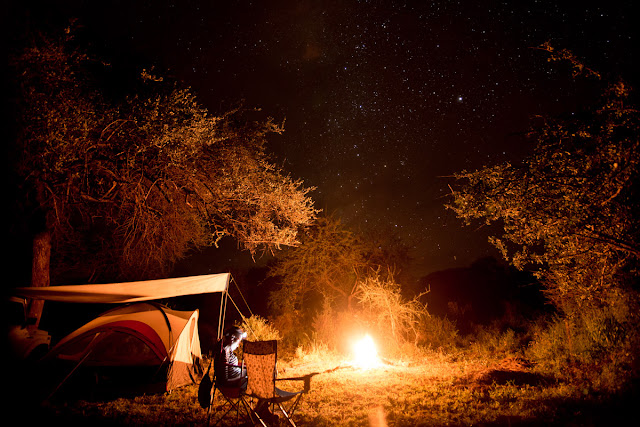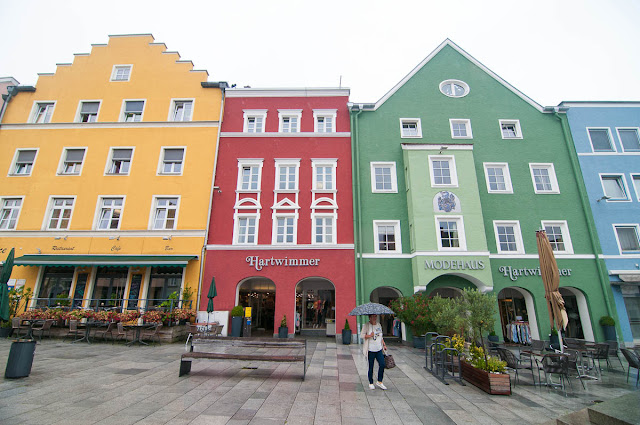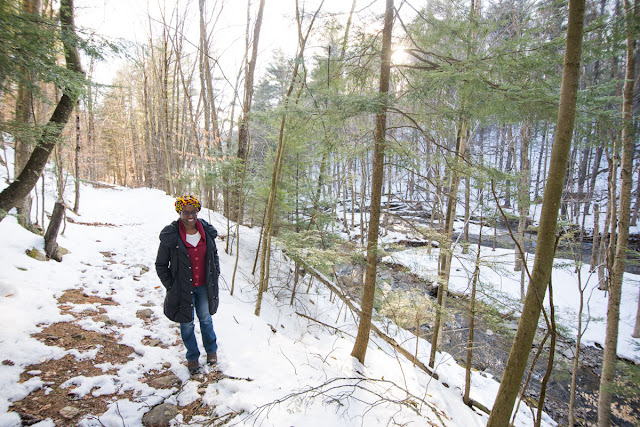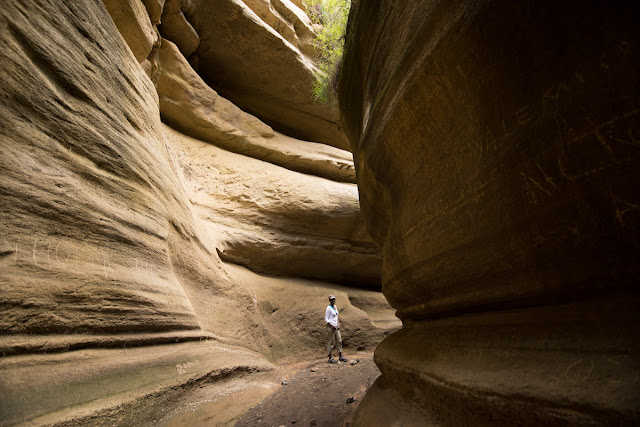Kenya: Kilifi is where we want to go right now
About 50 kilometers north of Mombasa lies the seemingly small and soporific town of Kilifi. We go there often for our family vacations, but it turns out that it is quite a fascinating place with an interesting history.
Kilifi the town is situated on Kilifi the creek. I had always thought of a creek as a little babbling brook but it turns out that it means a sheltered inlet. So as you look towards the sunrise in the above shot, at the very end of this picture is the ocean. The Voi River travels from the Taita Hills eastward. Just before it gets to the ocean there is the Goshi Estuary (where the salty ocean meets the river, forming a kind of small lake). Then there is the relatively narrow creek that empties out into the Ocean.
This last time in Kilifi we took a day trip to Mnarani. I say day trip but it's actually only a 15 minute walk from where we usually stay. Since it's the Coast, we never hurry, and walk slow. It is a National Museum now but it used to be the center of the area, strategically overlooking the creek. To get there you have to walk up the '100 steps.'
So what is Mnarani? It is an old Swahili city that was occupied from the 14th Century to the middle of the 17th Century. Most of the buildings are ruins now, but some are in pretty good shape. The well in the picture above is intact and drops very very deep.
Let's just take a moment here to visit Swahili culture that has had such an impact on the customs and culture of East Africa. The word itself comes from Arabic 'Sawahil' meaning 'coasts'. The people and culture are a mix of Bantu and Arab. I was surprised to learn that Swahili is classed as a Bantu language—the reason being that all the grammar and syntax is Bantu, even though many of the nouns are borrowed from Arabic.
Another thing that shows the Arab influence is the adoption of Islam. The complex of buildings here include 2 mosques, of which this one is still in good shape. At least the 'podium' where the Imam would stand is in good shape. It is designed to echo the sound back to the faithful.
Over centuries of disuse (and apparently attacks from inland tribes) the buildings have become ruins. But it is still quite clear to see the general plan of the place and lots of interesting features are still in good shape.
Lots of Arabic inscriptions are still there. Another interesting Swahili fact - this language was originally written with Arabic script.
After the ruins there is a pleasant walk through a forest that leads up to a look out point - the original 'mnarani' which means 'place where there is a tower'. ('Watchtower' in Swahili is 'Mnara wa Mlinzi'
The forest is beautiful and punctuated by huge old baobabs. Here are some interesting facts about the Baobab tree. The flowers open at dusk, so quickly that you can see the movement. They stay open for a few hours and then die.
They are also extraordinarily long-lived. One has been dated to more than 2,400 years old. The fat trunk stores water (up to 120,000 liters/32,000 gallons!) and so these trees often do well in dry areas.
Our guide told us that a general rule of thumb is that for every meter of trunk circumference we can estimate a 100 years of growth. As you can see below we promptly performed a scientific measurement and came up with about 900 years old (which our guide confirmed is about what they think is the age of this particular one.)

Dad and mum enjoying the ruins exploration!
At the end of the tour, there is a small snake exhibit in a couple of rickety boxes holding some pretty poisonous specimens: a green mamba, puff adder and a cobra. I asked him where they collected them. 'Oh just around,' nodding towards the forest we had just traipsed through.
So we happily walked back to the hotel, carefully avoiding any places that looked like they might harbor any poisonous snakes. Back to our infinity pool, reading spots and other places that we dream of while we are on Corona lockdown.
Michel Adanson gave his name to one of the trees he described, Adansonia, or as we know it, the Baobab.




















